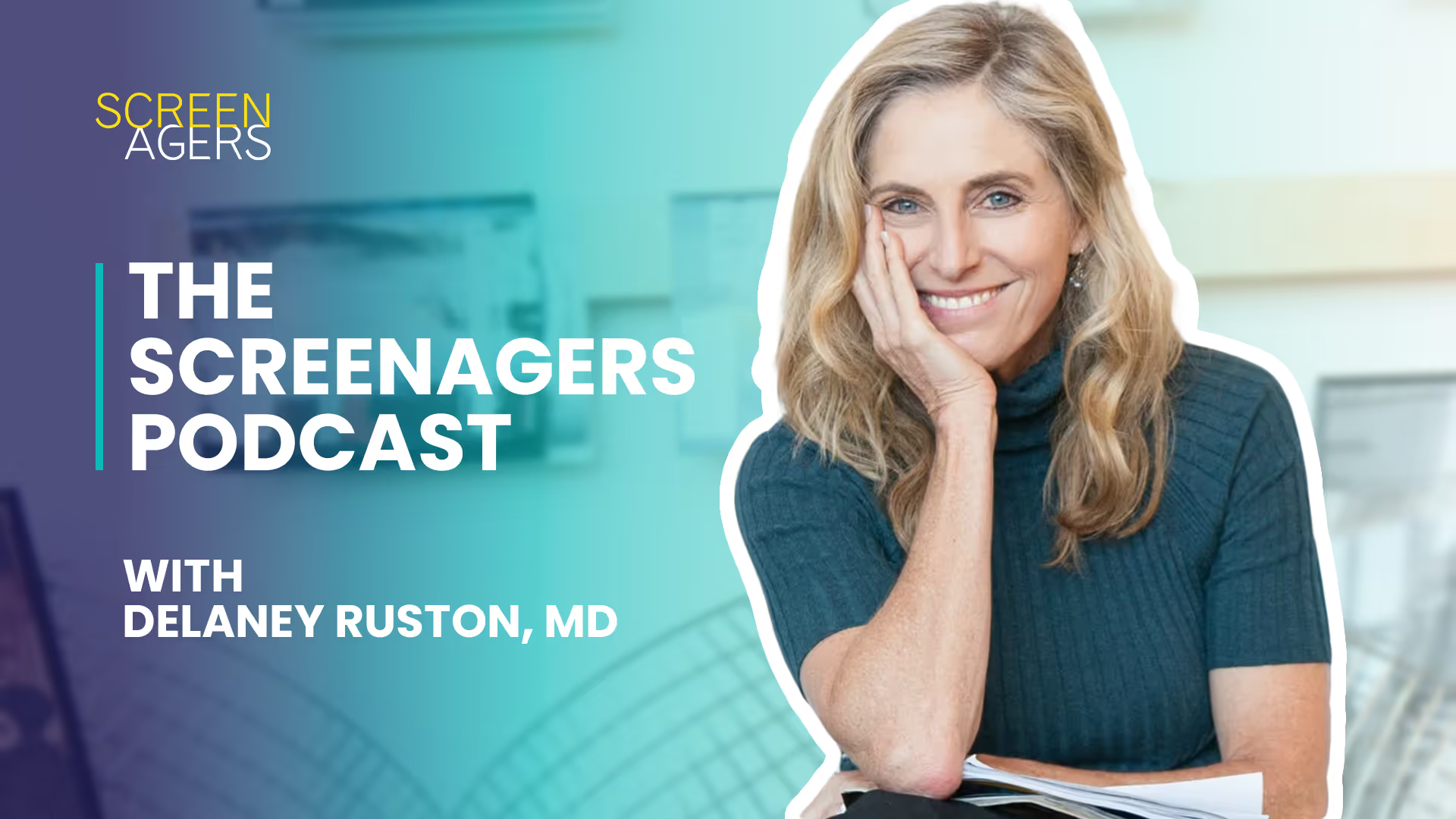
In this episode of The Screenagers Podcast, Dr. Ruston focuses on the science behind teen risky decision-making, both online and offline. Dr. Ruston speaks with researchers who shed light on the latest brain science, helping us better understand the biology behind adolescents' decision-making processes. With insights from experts such as psychiatrist Dr. Anna Lembke and psychologist Dr. Lisa Damour, parents will glean practical advice on guiding their children toward wiser decisions and setting fair consequences for rule-breaking.
Featured Expert
Research References
Adolescents’ Cognitive Capacity Reaches Adult Levels Prior to Their Psychosocial Maturity: Evidence for a “Maturity Gap” in a Multinational, Cross-Sectional Sample (Law and Human Behavior)
Biological substrates of emotional reactivity and regulation in adolescence during an emotional go-nogo task (Biological Psychiatry)
Additional Resources
Bring Screenagers to Your Community
Time Code
00:04 Introduction and the Complexity of Decision Making
01:23 Understanding the Science Behind Teen Decision Making
02:55 The Role of Emotions in Decision Making
05:05 Real-life Consequences of Rash Decisions
06:17 The Neuroscience of Adolescence
07:38 The Impact of Emotions on Teenagers' Decision Making
10:30 Strategies for Parents to Help Teens Make Wiser Decisions
13:19 The Importance of Setting Limits and Fair Consequences
16:50 Understanding and Empathizing with the Challenges Teens Face
17:50 Conclusion: Encouraging Wise Decision-Making
Whether it is about a specific episode, a related topic or anything else, Dr. Ruston and the Screenagers Team would love to hear from you.
Record your question here and Dr. Ruston will try to answer them in upcoming Podcast episodes.